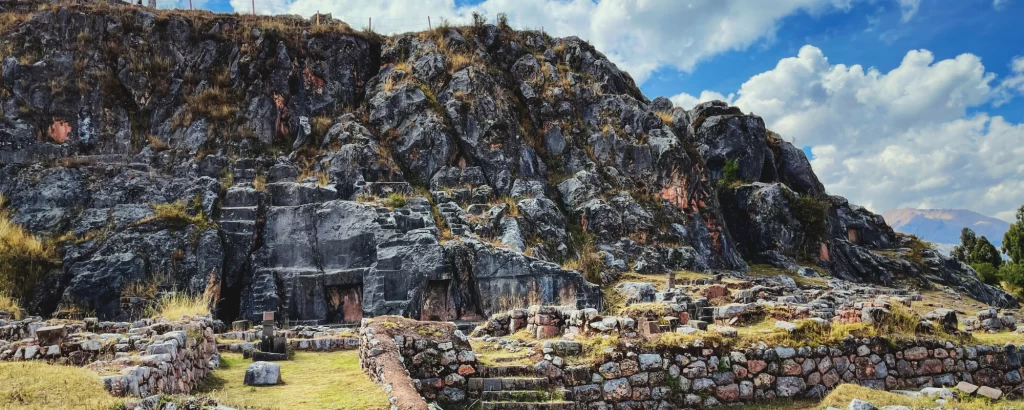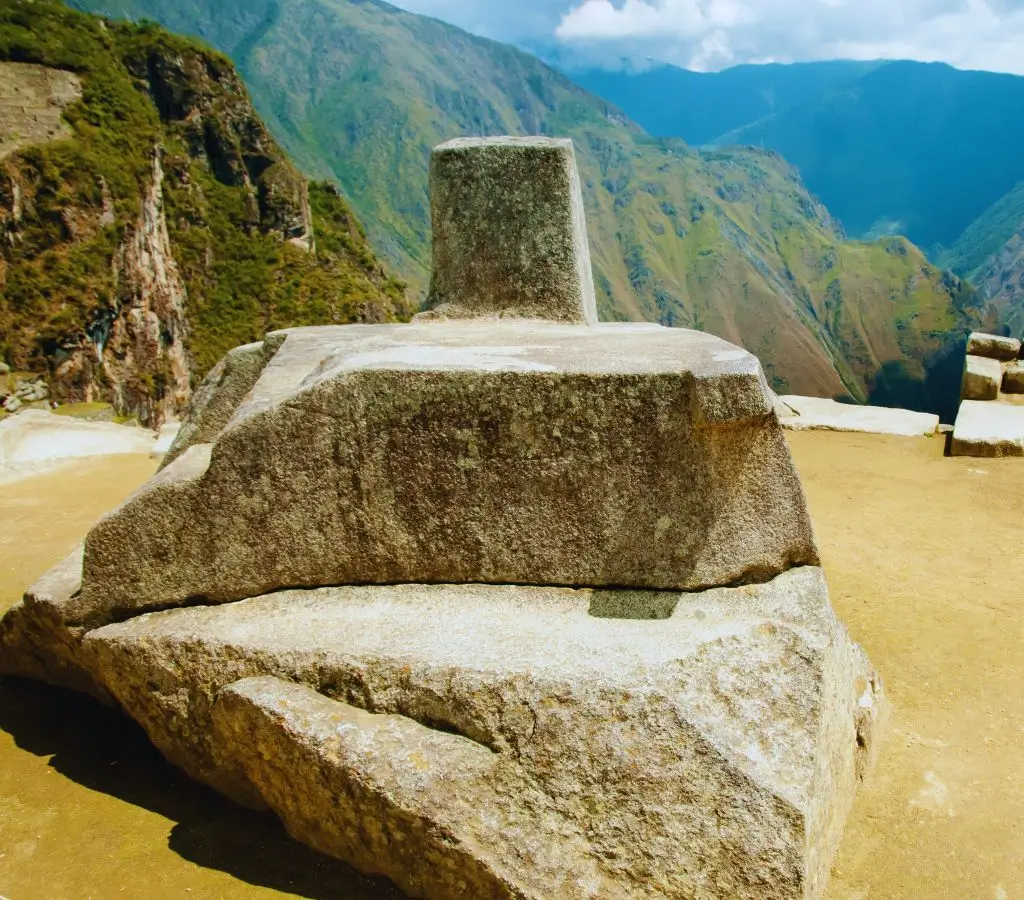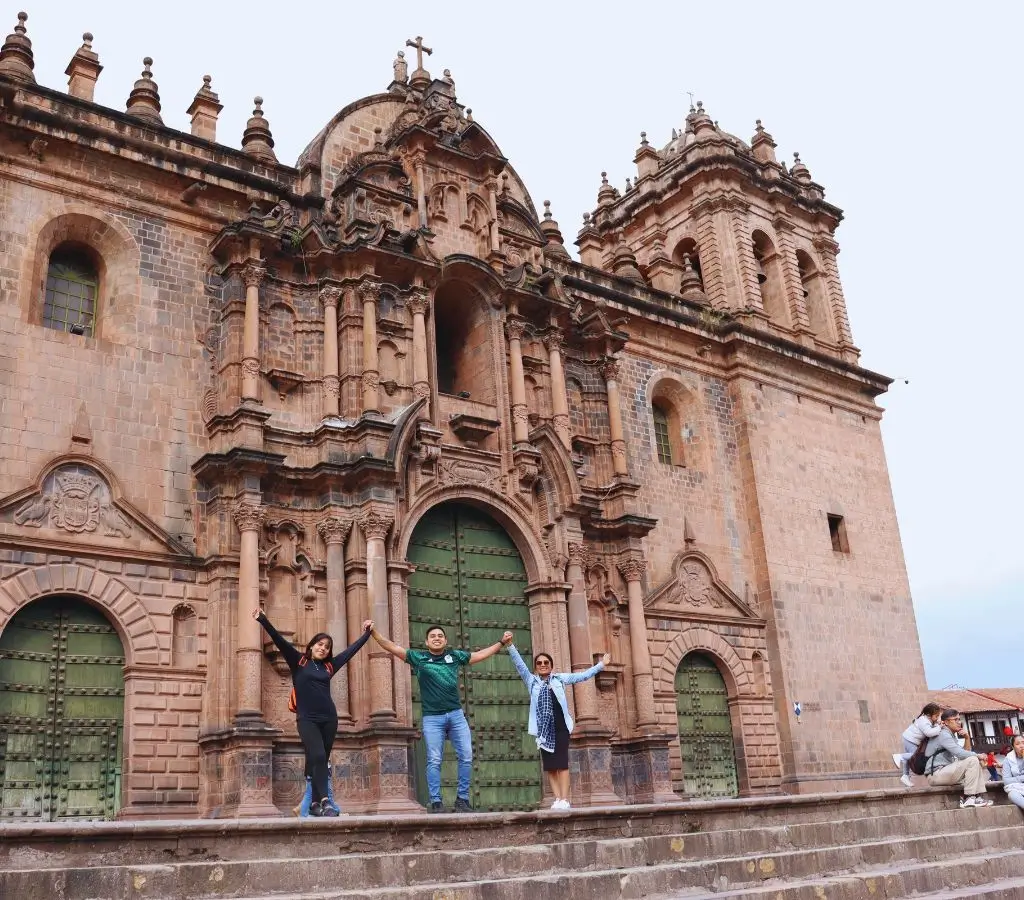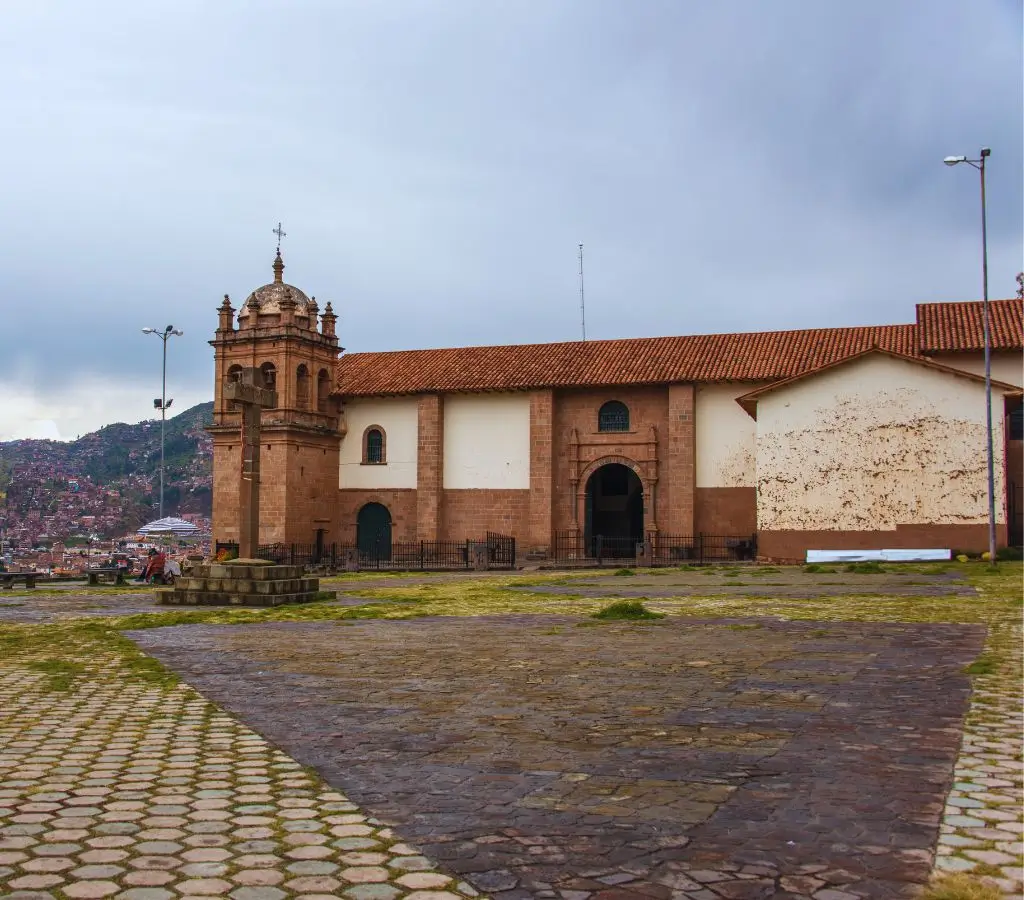The Inca temples and palaces in Cusco represent the pinnacle of power and architectural sophistication of this ancient civilization. Each construction not only served as an essential space for worship, but also as a symbol of the Inca cosmovision and social organization.
Discover the sacred essence of Cusco through its imposing Inca Temples. The Temple of the Sun (Qoricancha) and the Temple of the Moon stand out for their precise architecture and deep religious symbolism, reflecting the advanced astronomical and spiritual understanding of the Incas.
The Temple of the Sun, or Qoricancha, located in the center of the city of Cusco, at the time of the Incas was the most important spiritual center of the Inca Empire, dedicated mainly to the worship of Inti, the Sun God. Although much of the temple was looted and destroyed by the Spanish conquistadors, it is still possible to admire some of its walls and foundations, which testifies to the precision and beauty of Inca architecture.

The Temple of the Moon is a fascinating archaeological site, less known, but of great spiritual importance, located on the outskirts of the city, this temple reflects the deep connection of the Incas with the lunar cycles and the divine femininity. Its structure, though eroded by time, continues to captivate with its design in harmony with the natural surroundings, inviting you to explore the mysteries of a civilization that venerated both the sun and the moon.

Intihuatana, carved stones that served as sundials or astronomical calendars, are remarkable examples of the advanced Inca understanding of celestial cycles. These "tools" were strategically placed on high points to measure time and determine agricultural periods.
You can find them in Machu Picchu and the Tipon Archaeological Park.

We also have Inca palaces that can still be seen today, among them are:
Kiswar Kancha was a sumptuous palace that belonged to the Inca Viracocha, it is presumed that it had a quadrangular shape and inside it were buildings and courtyards, and with the arrival of the Spanish the site was donated to the church, and in its place was built the Cathedral of Cusco. Today, there are no remains of this structure, but its history reflects the transformation of Cusco during the conquest.

Qasana, located in what today are the streets Plateros, Procuradores and Teqsecocha, according to historians add that it was the palace of the Inca Pachacutec, who drove the expansion of the empire. This palace, one of the most ostentatious, was almost completely destroyed by the Spaniards, leaving only the foundations.

It is believed that Colcampata was built by Manco Capac, the mythical founder of the Inca Empire. Despite its antiquity, part of its structure still remains, it is currently located near the church of San Cristobal, and functions as a lookout to the Plaza de Armas.

The palace of Amaru Kancha, which belonged to the Inca Huayna Capac, was transformed into the Church of the Society of Jesus after the conquest. Parts of the original walls can still be seen on Loreto Street, demonstrating the durability of the Inca construction.
These buildings are living testimonies of the greatness of the Inca Empire, whose capital, Cusco, was the political, religious and cultural heart. The architecture of the Incas, characterized by their perfectly fitted stone walls without the use of mortar, their anti-seismic techniques, and the incorporation of natural elements in their constructions, never ceases to impress visitors today.


